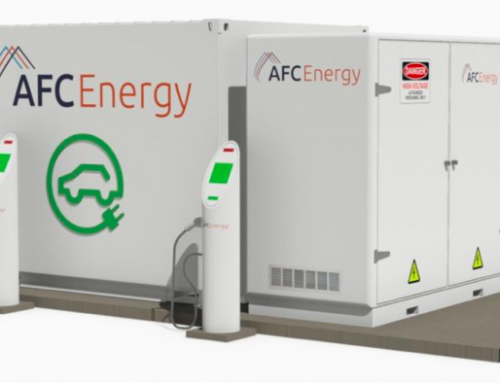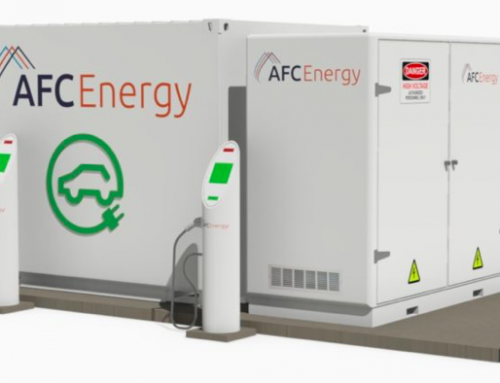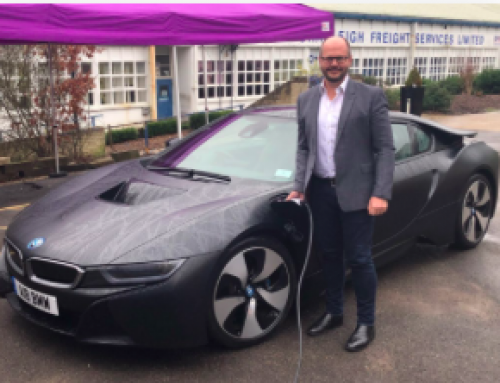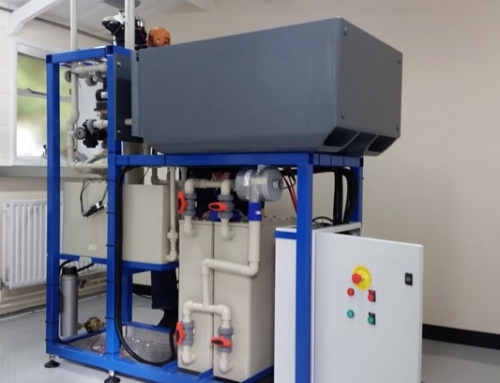In a quarterly newsletter released on 19 January AFC Energy announced that it “…is building a compelling case for commercial deployment…” of its system. AFC has been developing alkaline fuel cells for several years and had said in 2015 that it would have a commercial version ready by the end of 2017.
Building a commercial case is not the same as being ready, so there has been some slippage. In fact by the end of December AFC had the latest version of their fuel cell running at their offices in Surrey and at their pilot plant in Stade, Germany. This version included various improvements to reduce cost and extend the longevity, which were done in conjunction with the Italian company Industry de Nora, a global leader in electrochemistry and electrodes.
No plan has yet been presented showing how this will be turned from a custom-built prototype to a production-line product. On the contrary AFC’s recent announcements have concentrated on yet further improvements to the fuel cells, suggesting that a final, commercial design is still some way off.
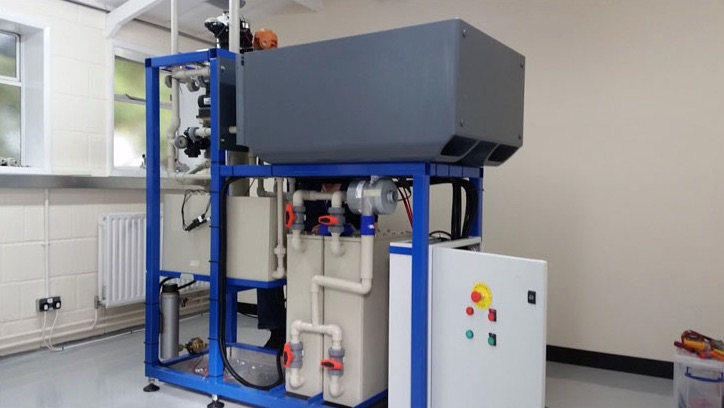
The EU-funded project Alkammonia uses ammonia, which is often available in remote parts of the world, to produce hydrogen and hence power an AFC fuel cell (www.afcenergy.com)
There are several types of fuel cell, each with pros and cons. The electrolyte in AFC’s fuel cell is a liquid, potassium hydroxide, that is an alkali (as opposed to an acid). This tends to make it cheaper than other types of fuel cell, but less suitable for use in transport due to the problems of handling the liquid. It is also more efficient at converting energy into electrical power (AFC claims the most efficient).
Like all fuel cells longevity is an issue, mainly because of electrode deterioration. The version tested in December is expected to have an operational life of 1 year, short compared with, for example, a diesel generator, but AFC claim to see ways of extending this to two and eventually four years. At that point AFC estimate it could provide electricity at a levelised cost of £70 per MWh, versus £92 for Hinkley Point C, but excluding the cost of hydrogen.
So where does the hydrogen come from? AFC’s main target market is industrial plants that produce large quantities of hydrogen as a by-product. A prime example is the chlor-alkali process that converts common salt into chlorine and caustic soda. Passing the excess hydrogen to a stack of fuel cells would be a clean, quiet and potentially cheap way of producing electricity. AFC has memoranda of understanding since 2015 with industrial organisations in Dubai, Thailand and South Korea
Another possible source could be bio-mass, such as produced by PowerHouse Energy, who placed an order for a small-scale system in 2014. The order is dependent on PowerHouse’s waste gasification system producing sufficiently pure hydrogen, which has not yet happened. AFC’s pilot plant in Germany has been running with early versions of the cell since 2015. It is run by Air Products, a large US industrial gas company, who get their hydrogen from Dow Chemical.
AFC has lived entirely off EU project grants and funds raised on the market. The largest project, PowerUp, was designed to prove the manufacturability of alkaline fuel cells and led to the plant in Germany, but that project finished in 2017. However AFC expect to receive £1 million in the first half of 2018 from the EU and from UK R&D tax credits. Cash in bank at the end of 2017 was £5.8m, so with annual pre-tax losses averaging £6m the company will needs to raise more cash sometime this year. AFC has a market capitalisation of £48m and employ about 40 people.


